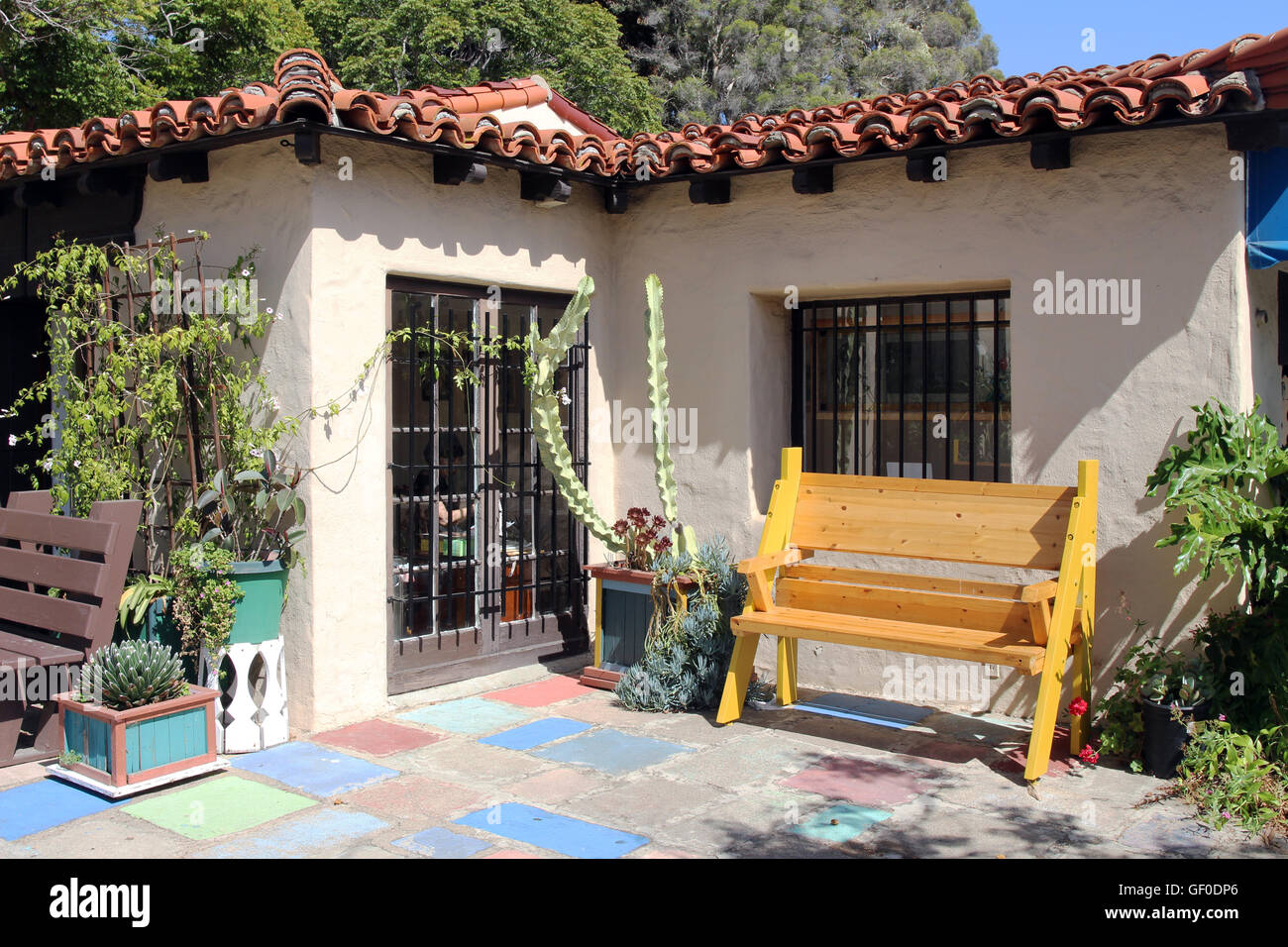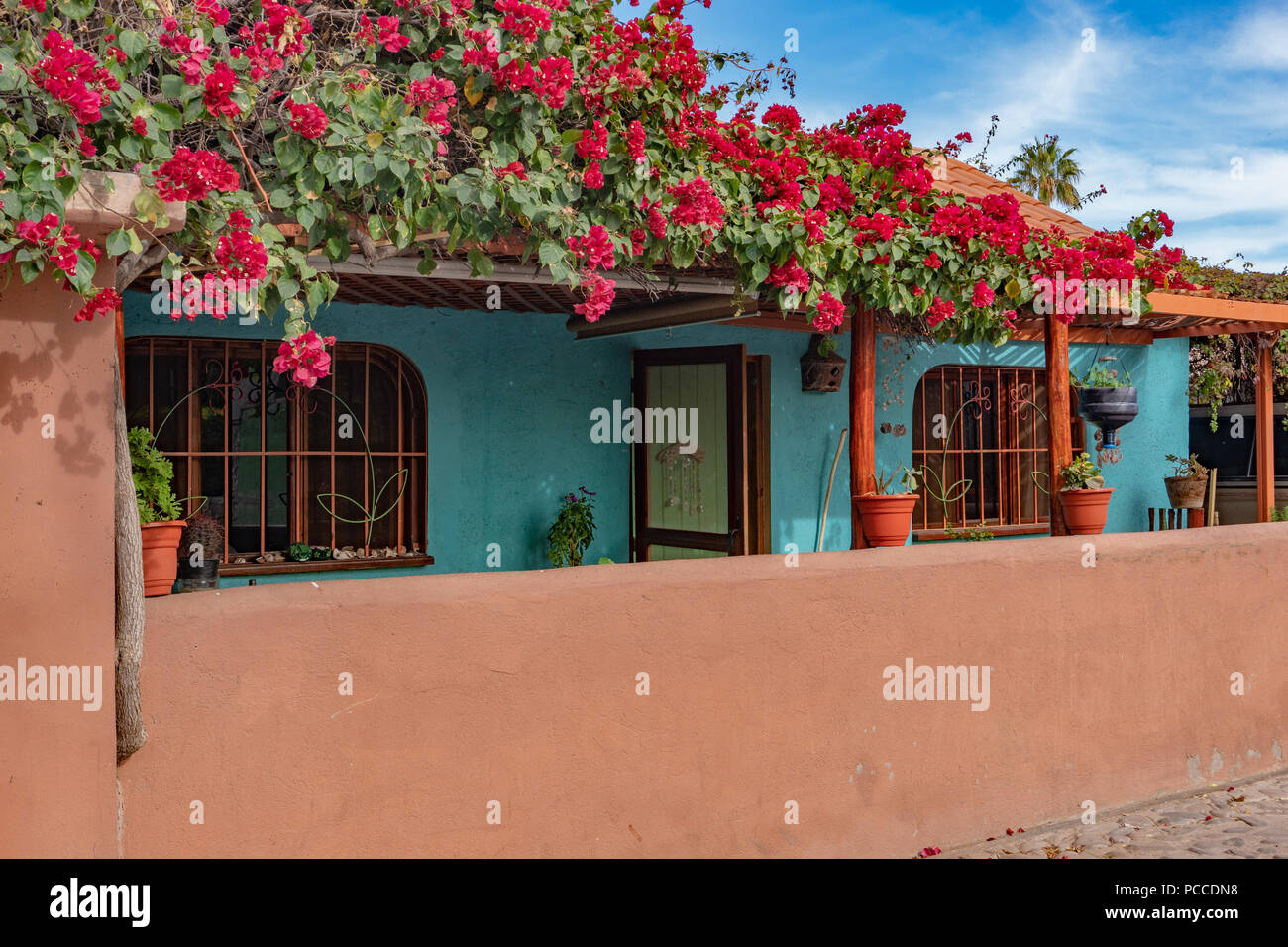Table Of Content
- Column: We’re wiping out the Southern California steelhead trout. Time to fix that
- Old Town San Diego and State Historic Park
- Tips for an Eco-Friendly California Road Trip
- Latino Events in LA
- Tourist Landmarks
- Latest California
- Kratom products have gone unregulated in California, unnerving both fans and critics

Illegal immigration has hit new records during Biden’s presidency, and he’s hoping to reduce the number of crossings ahead of a reelection bid against former President Donald Trump. But time has passed and the kitsch of the past now has stories to tell about the ways in which ideas travel and evolve. The exhibition also reveals the curious ways in which California shaped the architecture of places like Mexico City.
Column: We’re wiping out the Southern California steelhead trout. Time to fix that
On the Main Street side of Pico House, it abuts the Merced Theatre (1870), one of L.A.'s oldest theaters; and the Masonic Hall (1858), which after various other uses over the years is once again an active Masonic Hall and home to L.A. The Sepulveda House (1887) is now a museum and the El Pueblo Visitor Center with the Interpretive Center for the David Alfaro Siqueiros' América Tropical mural next door. Most of what you are looking at are street-front side—which is now the back—of the buildings that show their business side on Olvera Street. There is an entrance to the Visitors Center from the Olvera Street side through a corridor near Casa Flores Imports, opposite El Paseo Restaurant.
Old Town San Diego and State Historic Park
From the states of Sinaloa and Sonora in Mexico during the Gold Rush and settled in an area that became known as Sonora Town. It wasn’t located on Olvera Street but several blocks away, in what is now Chinatown. The Museum of Latin American Art in Long Beach showcases the work - primarily paintings and sculpture - of artists from all over Latin America. The collection includes art from every Latin American country, but they are not all represented in every exhibit. Tract home design in Southern California and Florida largely descends from the early movement. The iconic terracotta shingles and stucco walls have been standard design of new construction in these regions from the 1970s to present.
Tips for an Eco-Friendly California Road Trip
When Christine first discovered Olvera Street in 1926, she was shocked by the dilapidated condition of the oldest part of the city. Where once had stood the city’s finest buildings and cultural center was now a hideaway for prostitutes and street crime. Old Olvera Street had a date with the bulldozers, but Christine would have none of that.
Standout services and amenities include chef and grocery services, multiple pools, a spa, and a fitness center. On Selling the OC (season two, episode five), some of the agents stay at the resort during a trip to The Oppenheim Group’s Cabo San Lucas office. The brokerage actually had a hand in bringing the resort's residences to market. A classic example of a medium-sized adobe townhouse of California’s Mexican period, this National Historic Landmark is a must-see.
How To Get Ahead of the Curve in Huatulco, Mexico
The city of St. Cloud, Florida, espoused the style both for homes and commercial structures and has a fine collection of subtle stucco buildings reminiscent of colonial Mexico. Many of these were designed by architectural partners Ida Annah Ryan and Isabel Roberts. Another significant example of the emerging popularity of Spanish Colonial Revival can be seen in the architecture of south Florida's Coral Gables, a planned city established in the 1920s that prominently incorporates the style.
Historic monuments all over the city and county tell a story of Los Angeles from the people who settled here, not necessarily those who existed here until their land was taken away. The history of Los Angeles is complicated, and there’s no better example of this than Olvera Street. Plaza Historic District, the popular marketplace is lined with Mexican restaurants, stores and kiosks selling everything from T-shirts to pottery to statues of the Virgin of Guadalupe. Opened in 2016, the Italian American Museum of Los Angeles (IAMLA) is located in the historic Italian Hall, which was constructed in 1908 to serve as a gathering place for the Italian community.
Latest California
Read on and discover the cultural attractions of El Pueblo de Los Angeles Historical Monument. Latinos from various countries make up the largest cultural group in Los Angeles. 4.7 million people of Hispanic heritage live in LA County, which is not surprising since the area was claimed as New Spain, then part of Mexico before it was ceded to the Unites States in 1848. You can pretty much find Mexican culture and great Mexican food, as well as Guatemalan, Peruvian and other contributions all over the city. However, there are specific landmarks, museums and neighborhoods that celebrate the city's Mexican roots, immigrant culture and the art of Latin America. Most of these are related to Mexican culture, because the other Latino communities in LA have fewer or no physical landmarks, despite thriving cultural communities.
Kratom products have gone unregulated in California, unnerving both fans and critics

On L.A.’s west side, Westwood and neighborhoods within the bustling Miracle Mile district boast many blocks of modest, well-designed and -maintained Spanish homes. The wooded canyons of the Verdugo Mountains serve as a backdrop to the magnificent Rossmoyne Historic District in Glendale, where gorgeous, relatively large homes line peaceful, curvilinear streets. Several truly grand, architect-designed Spanish homes can be found in Beverly Hills, Los Feliz, and San Marino. Master architects Reginald Johnson, Myron Hunt, Elmer Grey, and Wallace Neff all had ties to the Pasadena area; visitors can admire their legacy in neighborhoods surrounding CalTech and the Huntington Library. This fascinating cultural arts center has a mission to create, preserve and educate people about Mexicano, Latino, Chicano, and even indigenous art and cultures. It is a beautiful site to discover especially during this momentous occasion.
Agave House introduces Mexican flavor to University Boulevard - Arizona Daily Wildcat
Agave House introduces Mexican flavor to University Boulevard.
Posted: Sun, 10 Sep 2023 07:00:00 GMT [source]
The church is an active Parish of the Roman Catholic Archdiocese of Los Angeles. The Plaza was the center of community life for the first settlers in Los Angeles. It is a square space with a circle of shade trees surrounding a bandstand or kiosko where events are held. The survival of monster chunks of rancho land made 20th century Los Angeles what it became, an easy place for the new and immense citrus industry to flourish, and for the enormous tract developments that to this day we call home. These brief decades were glamorized by a huge bestseller, an 1884 novel called “Ramona,” by Helen Hunt Jackson, who had been a guest at one of the great haciendas. The book, a romance of thwarted, mixed-race Native American lovers, brought hundreds of trainloads of sentimental tourists and settlers to their imagined California.

Listing Broker has attempted to offer accurate data, but buyers are advised to confirm all data provided. López, who contributed an essay on the synergies between the architecture of Mexico and California for the very worthwhile “Found in Translation” catalog, explains why the style was abhorred by so many Mexican Modernists. Dedicated to the legacy of Cesar Chavez, an important Latino leader in the United States, heading over to the National Chavez Center is definitely something to look forward to this month. This Hispanic heritage site has everything from history, to gardens, walking paths, and exhibits.
But the city's business activity had begun its inexorable shift south before the turn of the twentieth century (as it would then, toward the middle of the century, move west), a process that brought the Pico House's good times to an end. Olvera Street hosts the city's first church, firehouse and theater, in addition to the Avila Adobe and other historic sites and residences, roughly outlined by Alameda and Hill streets, Cesar E. Chavez Avenue and the 101 (Hollywood Freeway). Pio Pico was the last Mexican governor of California( ) and his house was the first hotel in the city. The 2.2-acre LA Plaza de Cultura Y Artes campus includes two historic and newly renovated buildings (the Vickrey-Brunswig Building and Plaza House) that are surrounded by 30,000 square feet of public gardens. At LA Plaza, visitors can learn about the founding story of Los Angeles with interactive exhibits that focus on exploring Mexican and Mexican-American identity. “Voces Vivas” is a growing collection of video testimonials produced by LA Plaza staff, featuring Latino residents who tell their stories and struggles with cultural identity.
If you're a person of Latin descent, LA Plaza is a place where you will be able to reflect on the past and feel a sense of pride and belonging to your roots. Olvera Street is the oldest part of Downtown Los Angeles, and although some call it “the birthplace of Los Angeles,” in reality—well, it’s close. Originally near vineyards and a winery, the street was called either Wine Street or Vine Street (depending on which 19th Century map you look at, or whether wine had been spilled on half the “W” in “Wine”). In 1818, the Avila Adobe was constructed, now the oldest existing house in the city. With brown coloured concrete chosen to blend into the steep mountainside, this holiday home designed by Em-Estudio overlooks Mermejita beach on southern Mexico's Pacific coast. This minimalist white house planned around on a pair of courtyards was designed by Cotaparedes Arquitectos as "introspective architecture".











